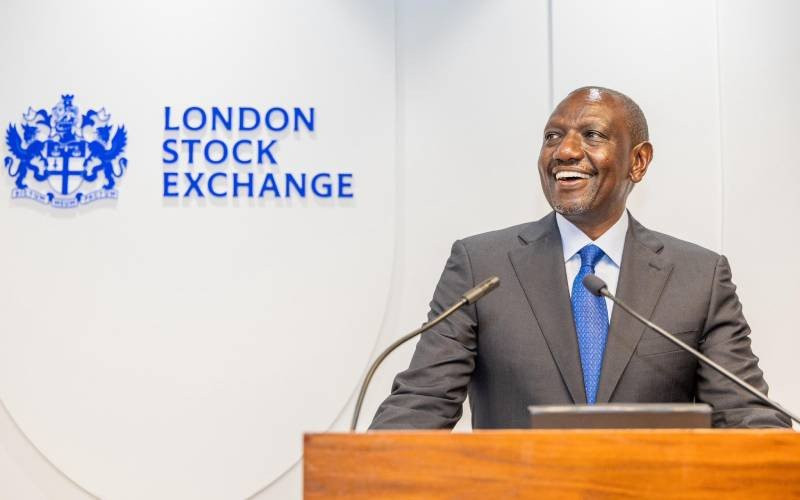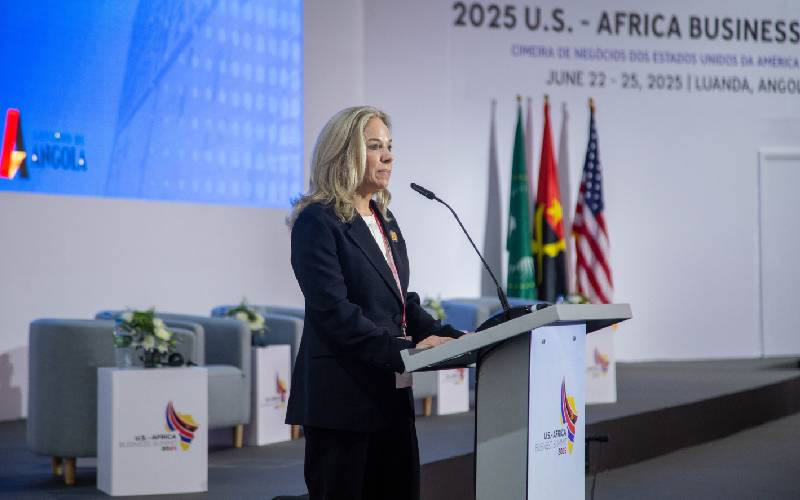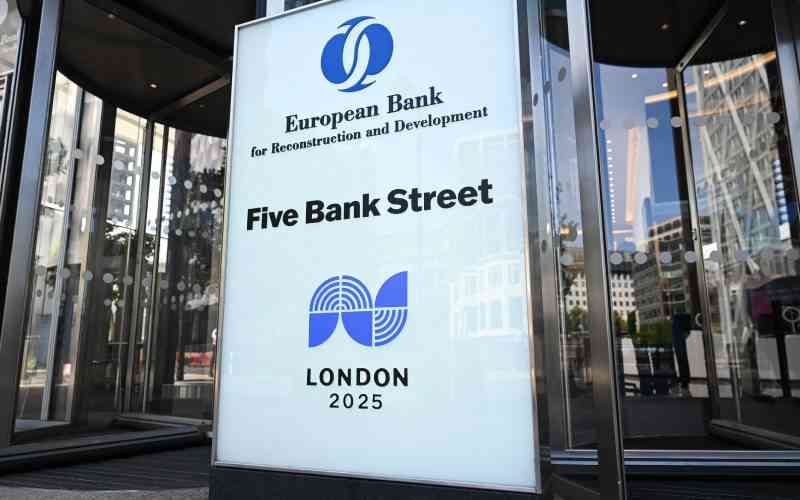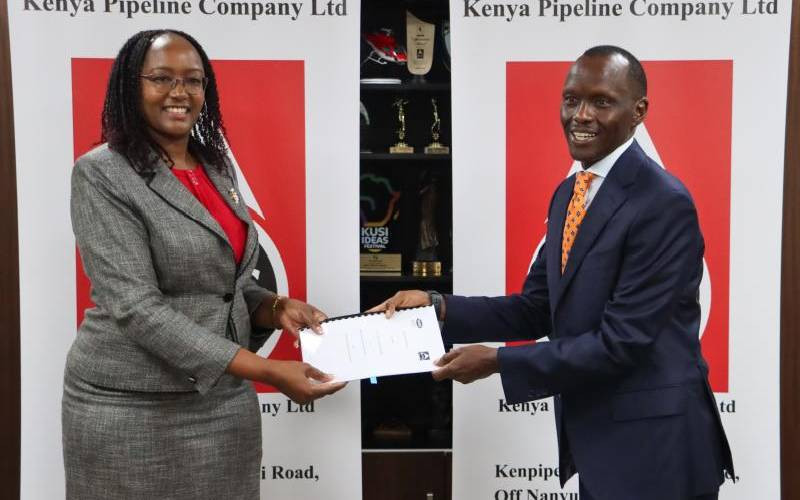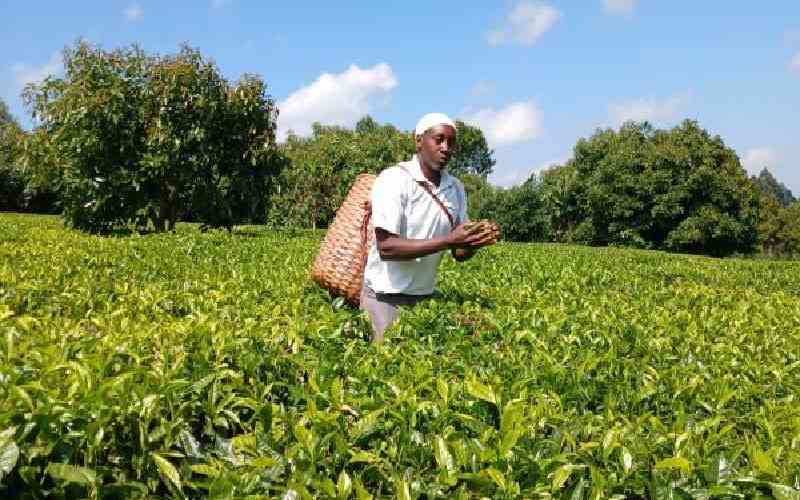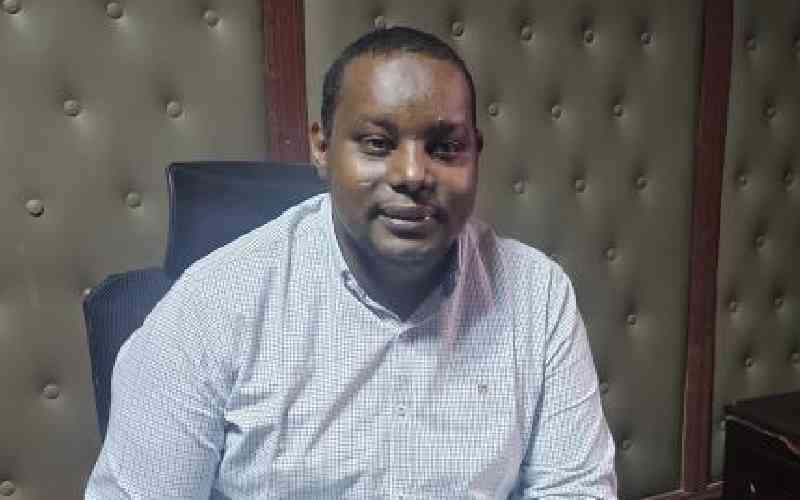
For years, partnerships between the Garissa County Government and development organisations were hindered by mistrust and misconceptions.
Development partners often viewed the government as overly bureaucratic and vulnerable to corruption, while county officials saw development organisations as removed, operating with their own agendas and lacking local prioritisation.
This mutual wariness created silos, with each side working towards community goals separately, diminishing the potential impact.
When Partnership for Resilience and Economic Growth (PREG) partners approached Garissa County, there was a clear need for a new approach.
Both sides recognised that despite their shared commitment to improving community welfare, they were operating in isolation.
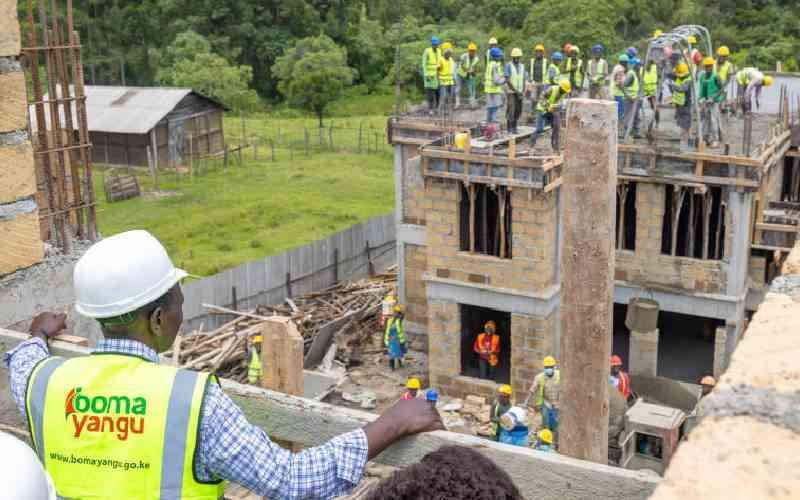
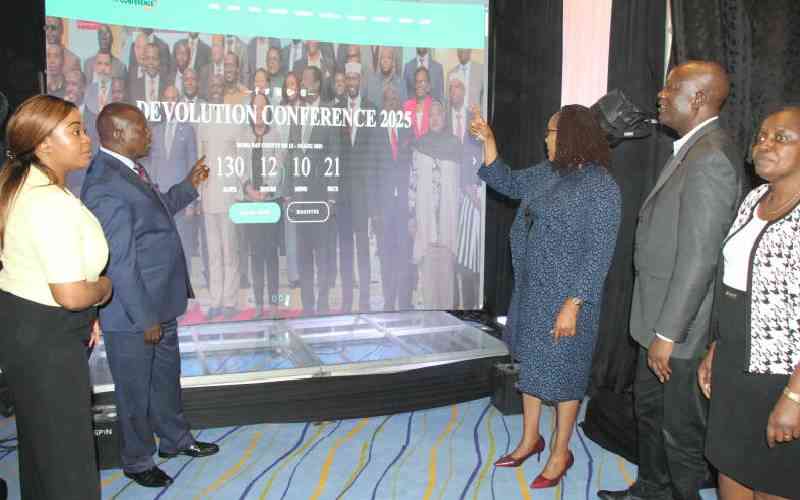

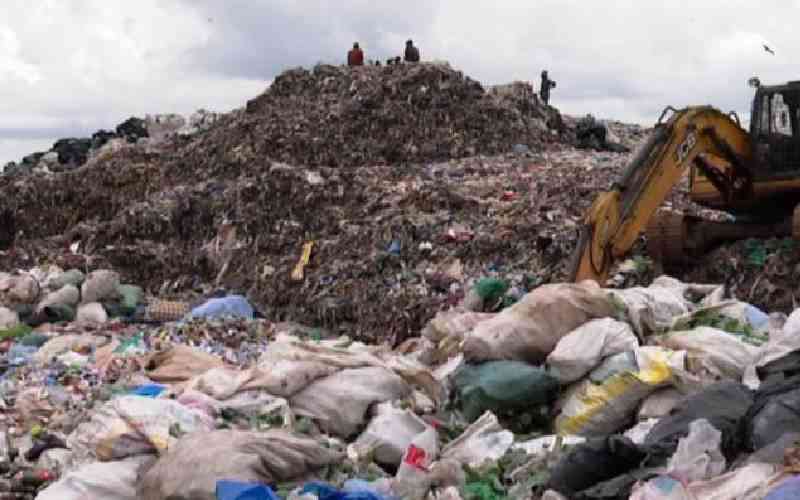
To address these barriers, PREG embedded itself within Garissa’s existing Donor Partnership Coordination Department, a strategic decision that enabled better alignment and more efficient operations.
The creation of the Joint Work Plan (JWP) framework was a game-changer, bridging the goals of PREG with Garissa County’s five-year County Integrated Development Plan (CIDP).
By aligning PREG’s initiatives with Garissa’s CIDP, they established a clear, unified roadmap for action.
The CIDP was then divided into annual, manageable plans, providing development partners with an accessible blueprint to synchronise their efforts with local priorities.
This alignment fostered collaboration not only between the county and development agencies but also within county departments themselves.
The JWP encouraged departments to coordinate more closely, recognising each other’s roles and capitalising on collective resources.
This coordinated approach has reduced service gaps, minimised overlap, and improved both the quality and accountability of services delivered to communities.
The JWP framework follows a structured sequence of stages designed to maximise partnership efficiency and impact.
The first one is pre-planning, where partners and county officials identify activities based on community needs and prioritise them, ensuring that actions reflect local aspirations. Planning then follows, with roles and responsibilities defined clearly for each partner, and shared goals set.
Stay informed. Subscribe to our newsletter
There is also the aspect of co-implementation. Projects are layered and sequenced for optimal impact, allowing each activity to complement the next; Joint Monitoring and Evaluation: All stakeholders engage in regular assessments, identifying progress, challenges, and areas for improvement. This, includes strengths, weaknesses, opportunities, and threats (SWOT) analyses and feedback sessions to inform future planning.
By embracing these phases, JWP has become a cohesive, evolving process that encourages constant reflection, adaptation, and teamwork among all stakeholders.
One of the most valuable lessons from the JWP process has been learning to adapt to the unique mandates and operating regulations of each organisation involved.
For example, PREG partners adjusted their timelines to accommodate the county’s annual budget cycle, creating a more harmonious collaboration.
Moving forward, the involvement of the County Assembly is seen as critical. As the community’s official representatives, Members of the County Assembly (MCAs) can act as vital links between communities and partners.
Their participation in JWP is expected to enhance accountability and drive the creation of relevant policies that support partnership and resource mobilisation.
In a step towards formalising coordination efforts, Garissa County recently moved the Department of Partnerships and Resource Mobilisation under the County Assembly’s oversight, anchoring these efforts within the legislative framework and reinforcing sustainable resource allocation.
Looking ahead, Garissa County has plans to extend the impact of JWP even further. The Kenya School of Government, in collaboration with the United States Agency for International Development (USAID), is developing a curriculum on the JWP framework, aiming to train future leaders and policymakers in sustainable government-development partnerships.
This initiative will allow JWP’s influence to expand beyond Garissa and the SEK (Samburu, Isiolo, Marsabit, and Garissa) counties, equipping more regions with a structured approach to fostering collaboration.
Garissa’s journey with PREG and the JWP framework demonstrates that breaking down longstanding barriers is not only possible but transformative.
By establishing a foundation of trust, aligning priorities, and working as one cohesive unit, Garissa County and its development partners have pioneered a model that can serve as an inspiration for communities across Kenya and beyond.
